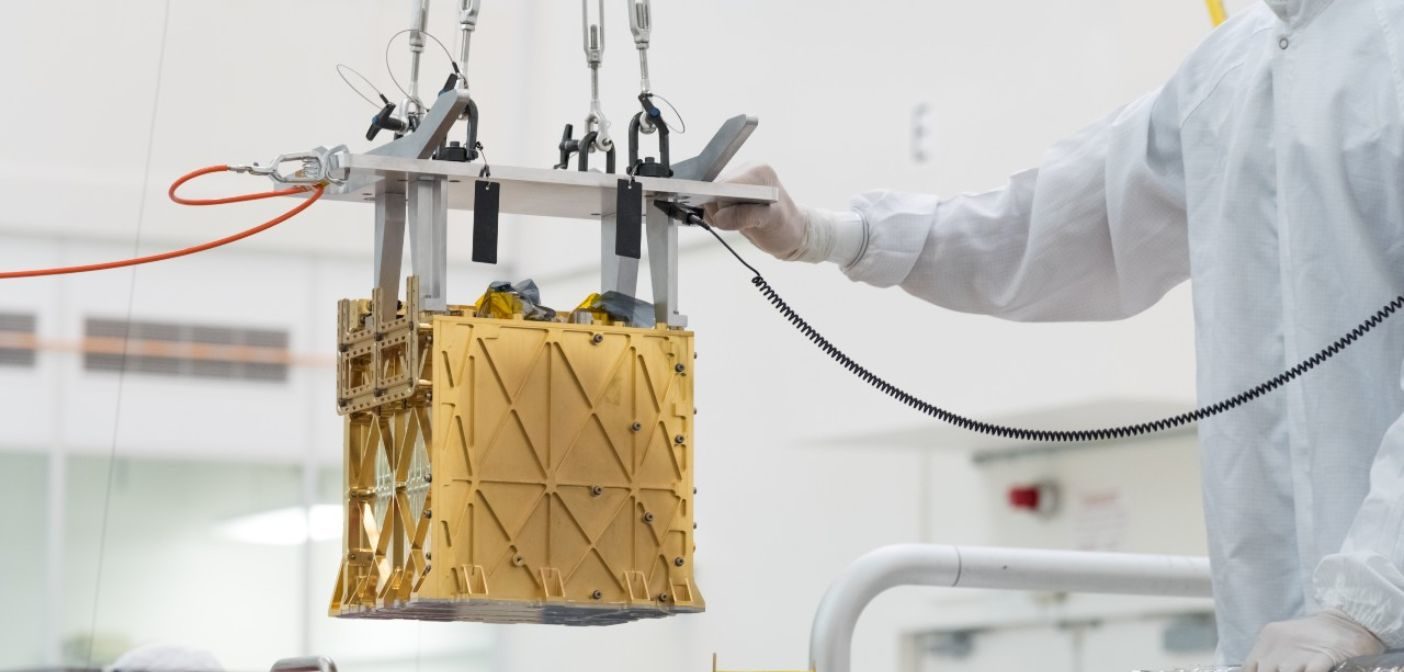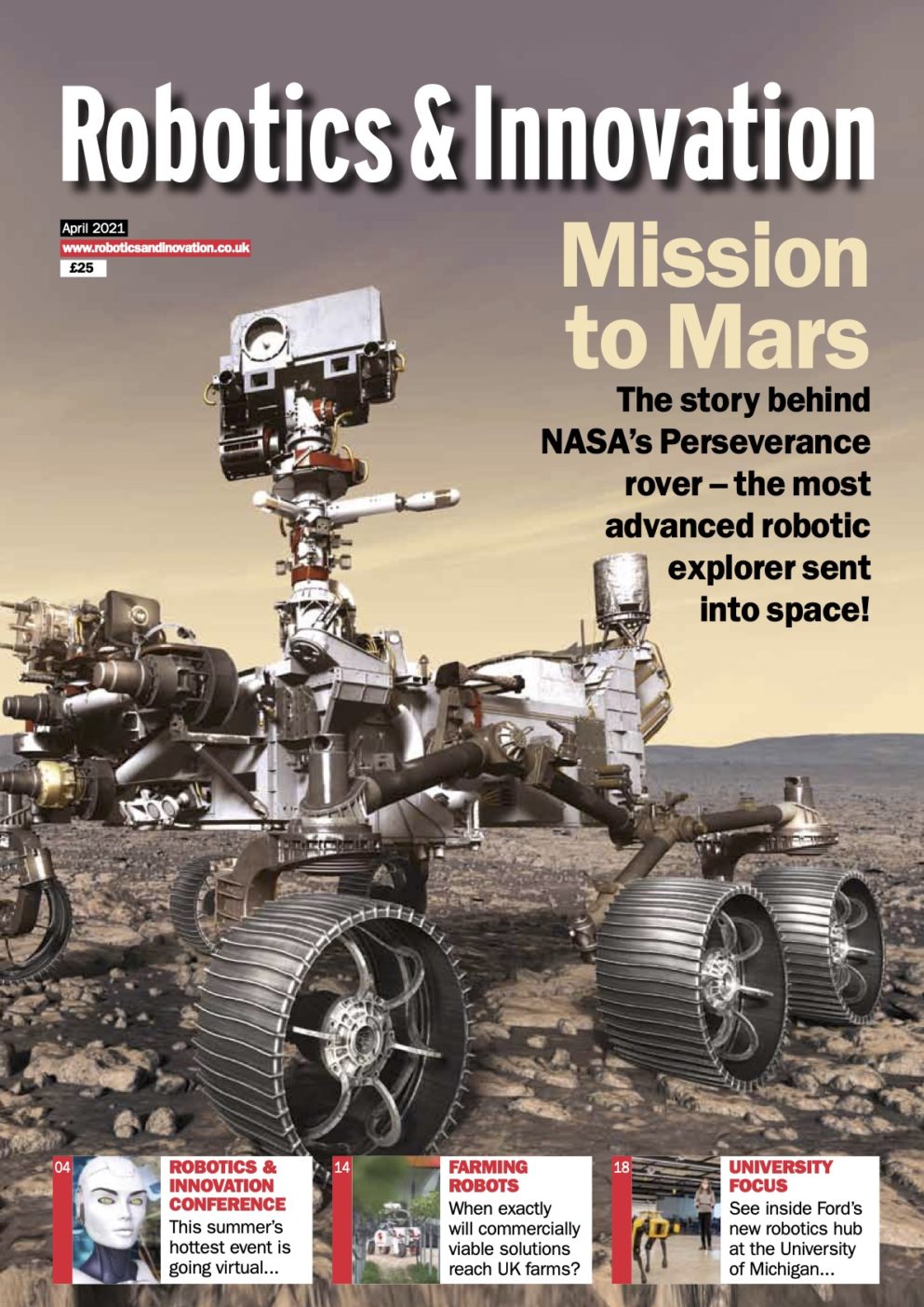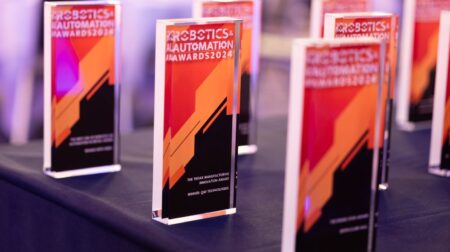The NASA Perseverance rover has made breathable oxygen on Mars, demonstrating a key technology needed for future human exploration of the red planet.
A toaster-sized experimental instrument aboard Perseverance produced oxygen of more than 98% purity from carbon dioxide in the Martian atmosphere. It produced about five grams, which is equivalent to 10 minutes of breathable oxygen for an astronaut.
According to Imperial College London (ICL), this is a critical first step at converting carbon dioxide to the required amounts of oxygen on Mars, and the results from the demonstration could help scientists move toward the goal of one day seeing humans on Mars.
ICL is a co-investigator on the Mars Oxygen In-Situ Resource Utilization Experiment (MOXIE) and worked on ensuring the filter system kept out Martian dust during MOXIE’s operation.
Professor Tom Pike, of ICL’s Department of Electrical and Electronic Engineering, said: “To produce usable amounts of oxygen, MOXIE has to process a very large volume of the atmosphere on Mars, but not its dust.
“We performed tests on the filter material in chambers on Earth that simulated the conditions we can expect and demonstrated that the filters should not clog up.
However there is no substitute to proving the system works on Mars, especially as it is a critical part of the long-term human exploration.”

According to NASA, Mars’ atmosphere is 96% carbon dioxide. MOXIE works by separating oxygen atoms from carbon dioxide molecules, which are made up of one carbon atom and two oxygen atoms. A waste product, carbon monoxide, is emitted into the Martian atmosphere.
The conversion process requires high levels of heat to reach a temperature of approximately 800°C. To accommodate this, the MOXIE unit is made with heat-tolerant materials.
These include 3D-printed nickel alloy parts, which heat and cool the gases flowing through it, and a lightweight aerogel that helps hold in the heat.
A thin gold coating on the outside of MOXIE reflects infrared heat, keeping it from radiating outward and potentially damaging other parts of Perseverance.
The first overnight run of MOXIE produced just a litre of oxygen, demonstrating a key technology needed for future exploration for both human respiration and as a component of the fuel required for any return flight to Earth.
MOXIE is expected to extract oxygen at least nine more times over the course of a Martian year – nearly two years on Earth.
These oxygen-production runs will come in three phases. The first phase will check out and characterise the instrument’s function, while the second phase will run the instrument in varying atmospheric conditions, such as at different times of the day and different seasons.
In the third phase, the team will try out new operating modes, or introduce variables such as comparing operations at three or more different temperatures.
MOXIE was the second successful technology demonstration of the Mars 2020 mission, after the Ingenuity helicopter made the first flight on another planet in April 2021.
Learn more about NASA’s Perseverance rover in the April 2021 issue of Robotics & Innovation:








